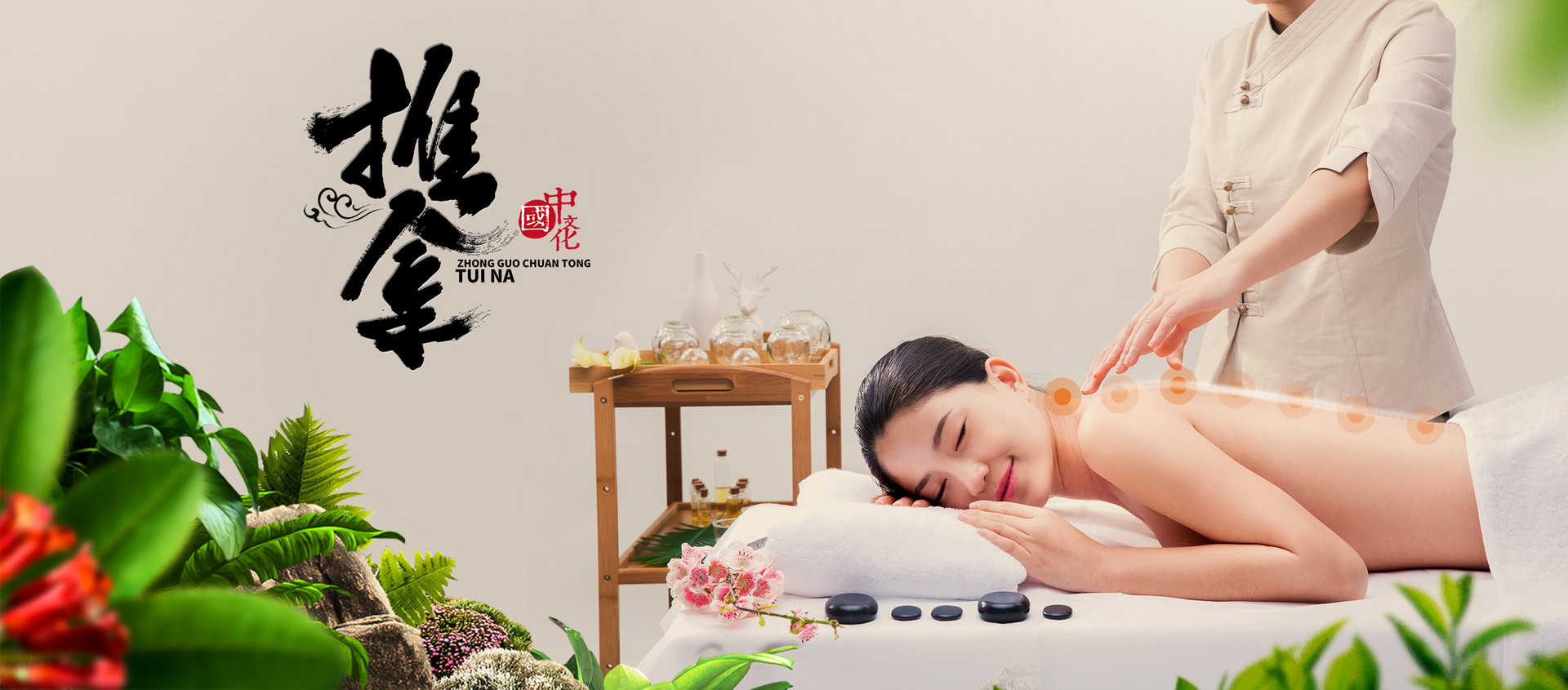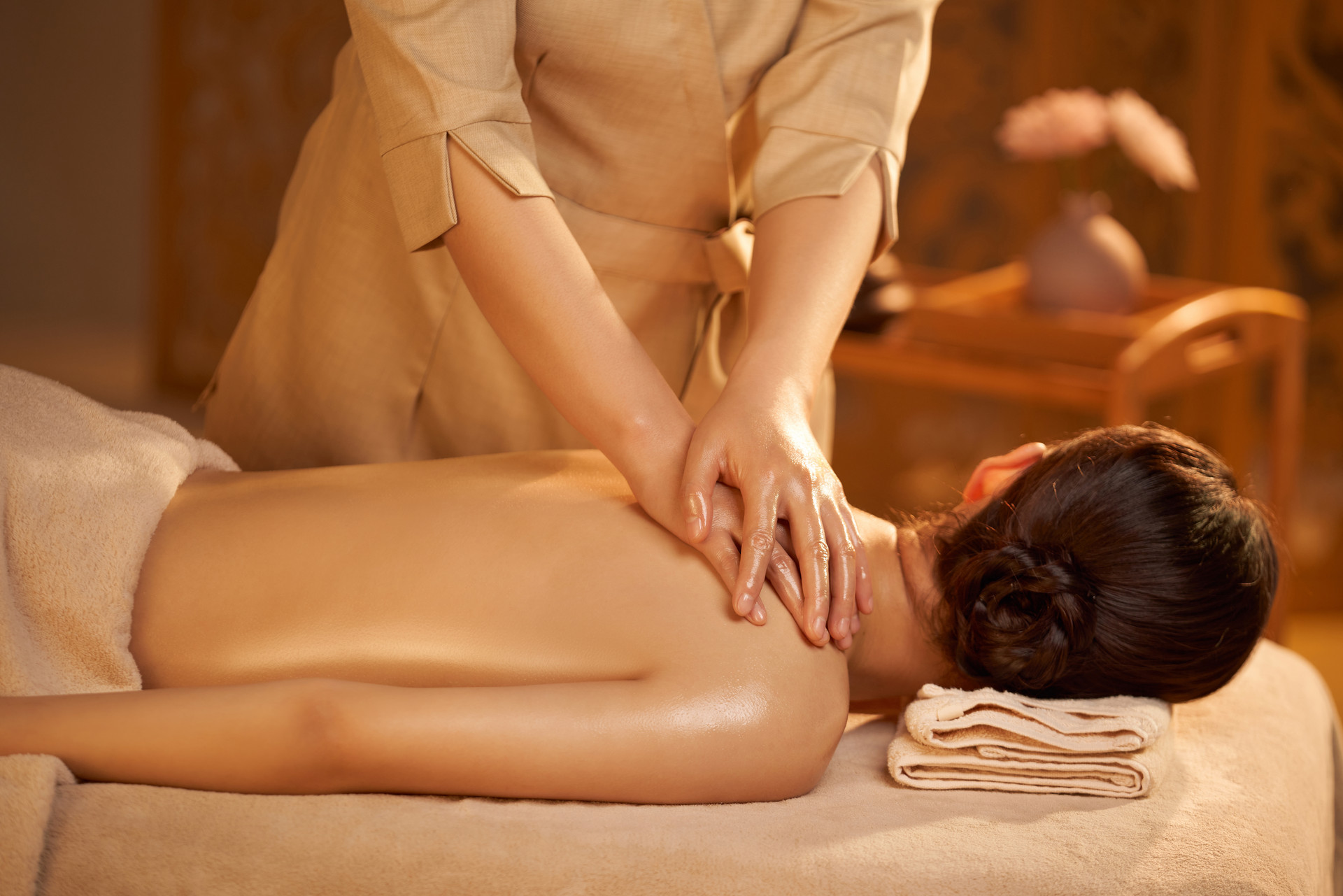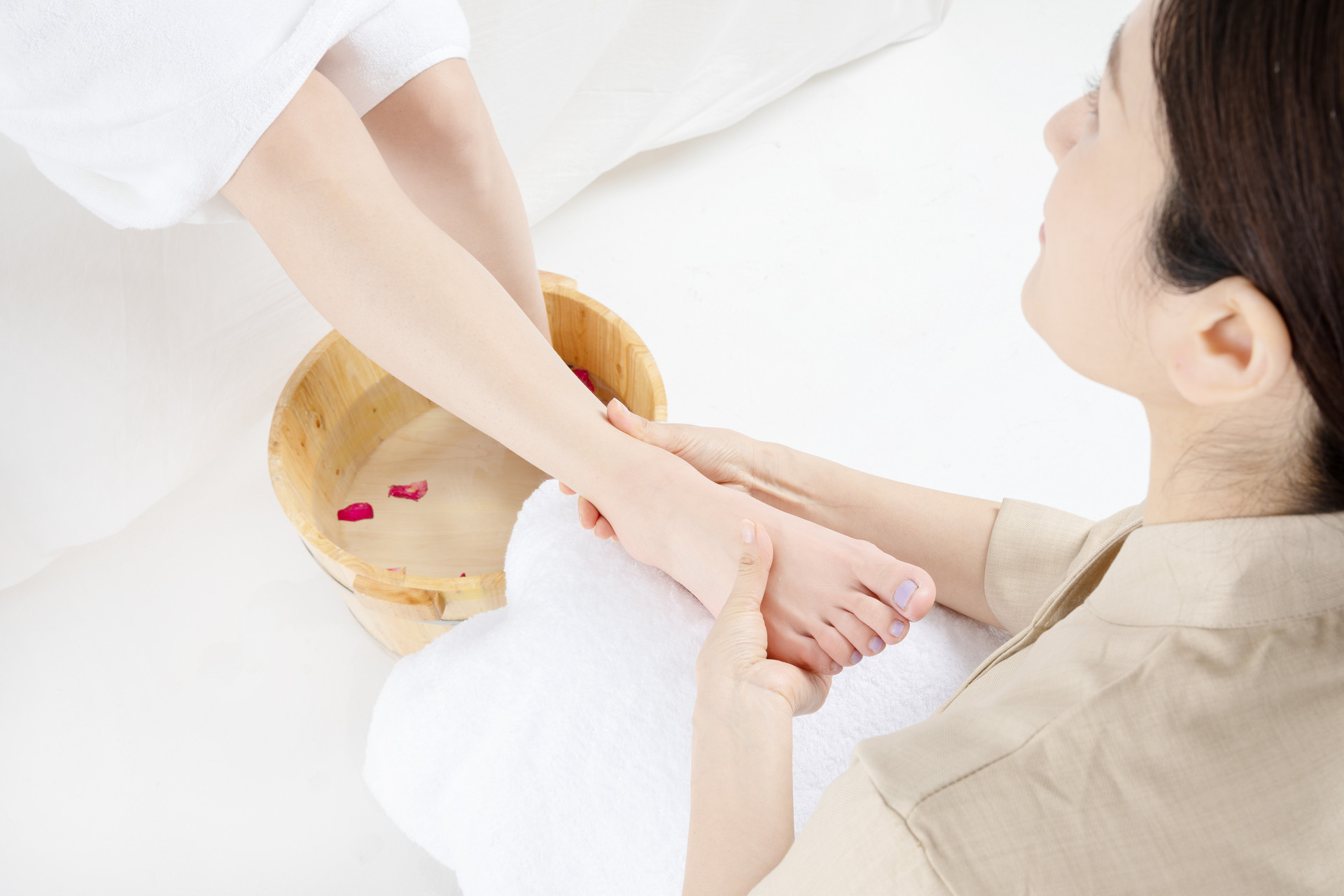Massage is one of the ancient health care methods that have been passed down in China to this day. Nowadays, you can see many massage and beauty shops almost everywhere, indicating that massage has been accepted by many people. Massage can relieve people's fatigue after a day of work and improve their health. Today, I will bring you some knowledge about massage. Let's take a look at my specific introduction below.

Tuina massage is remarkably effective in preventing and treating sub-health
Sub-health status refers to a state where a person's physical and mental health is between health and illness. It is often manifested as low mood, irritability, depression and anxiety, chest tightness and palpitations, insomnia and forgetfulness, mental fatigue, weakness and fatigue, lower back pain, and susceptibility to diseases. Sub-health status is mostly caused by the decline, degeneration, or aging of the body's physiological or metabolic functions. With the increasingly fast pace of modern life, fierce competition, and prominent environmental problems, the number of people in sub-health status is also increasing. According to a global survey by the World Health Organization, 75% of people are in sub-health status.
Eat more chicken when you are tired from work
When sub-health status accumulates to a certain degree, it will transform into a disease. Conversely, if correct measures are taken for prevention and treatment, health can be restored. Traditional Chinese medicine in our country has had an understanding of sub-health early on, as stated in the "Nei Jing" that "treating before illness occurs" is the principle.
Tuina massage is a simple, effective, and easily accepted method in traditional Chinese medicine external treatment. Under the guidance of the basic theories of traditional Chinese medicine, it applies manipulation to certain acupoints or areas on the body surface, changes and adjusts the body's condition, achieves the goal of dispelling evil and supporting the righteous, balancing yin and yang, and regulating the function of organs and blood circulation, so as to restore and maintain the normal activities of the body, and regulate the functions of various organs and tissues in the body to a state close to optimal.
Here are a few simple tuina massage techniques for treating sub-health:
- Massage the temples (Taiyang) and the optic nerve crossing point (Fengchi) on the top of the head, rub the face, and comb the hair several times.
- Massage the neck (Jianjing). The brain is the residence of the original spirit, and the neck carries the head and face and continues to the trunk. It is prone to fatigue due to frequent movements. Massage of the head, face, and neck has the effects of dispelling wind, opening collaterals, calming the mind, and opening the orifices.
- Knead and roll the spine (Du Meridian), knead the Jiaji points, and focus on kneading the lumbar region (Shenshu, Mingmen, Yaoyangguan, Yaoyu). The Du Meridian governs the body's yang. The Jiaji points belong to the Taiyang Bladder Meridian. The waist is the residence of the kidneys, which store the essence of innate vitality. Therefore, waist and back health care has the function of enhancing the body's immune system and preventing aging.
- Rub the chest and abdomen in a clockwise or counterclockwise direction, rub the stomach area, rub the navel, rub the Tianshu point, rub the Dantian point. The chest and abdomen are the palaces of the five zang and six fu organs, especially abdominal massage has the functions of strengthening the spleen and stomach, assisting digestion and absorption, regulating the intestines and stomach, and promoting the elimination of stagnation.
- Pull and knead the upper and lower limbs, press and knead Quchi, Hegu, Huantiao, Weizhong, Chengshan, Zusanli, and Sanyinjiao. Since the limbs are associated with the internal organs, pressing and kneading these acupoints can also prevent and treat corresponding visceral lesions and related bone and joint diseases.
What is "sub-health"
It refers to a state that is in between health and illness. In most cases, health, sub-health, and disease are in a dynamic continuous process. What are the basic characteristics of sub-health? Weakness, easy fatigue, frequent insomnia, constipation, loss of appetite, poor rest quality, inability to concentrate during work or study, sexual dysfunction, irregular menstruation in women, and often accompanied by anxiety, tension, and depression. The specific outward manifestations include thinness or overweight, haggard appearance, lack of luster, dark circles under the eyes, hair loss, chloasma, and poor development of the chest, etc.
What are the basic characteristics of sub-health
The basic characteristics of sub-health are physical weakness, easy fatigue, frequent insomnia, constipation, loss of appetite, poor rest quality, inability to concentrate during work or study, sexual dysfunction, irregular menstruation in women, and often accompanied by anxiety, tension, and depression. The specific outward manifestations include thinness or overweight, haggard appearance, lack of luster, dark circles under the eyes, hair loss, chloasma, and poor development of the chest, etc.
In conclusion, after reading the article about massage for treating sub-health written by the author, I believe that as long as you carefully read the entire article, you will learn a lot of knowledge about massage and what sub-health is. Before, I didn't understand what sub-health was either. After writing this article, I learned about sub-health and that it can be treated through massage. If you don't believe it, you can give it a try.











